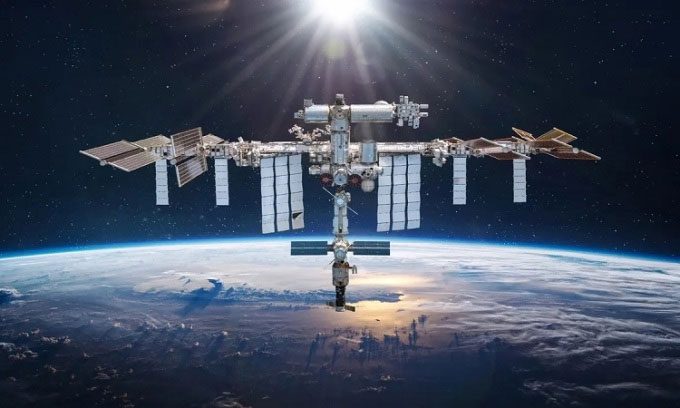NASA plans to develop a spacecraft capable of towing the International Space Station (ISS) out of orbit and self-destructing as it re-enters Earth’s atmosphere.

The ISS is operational at an altitude of over 400 km above Earth’s surface. (Photo: iStock)
In a press conference on March 13, NASA announced plans to allocate $180 million to construct a spacecraft that can safely help the ISS escape orbit and descend into the ocean after its operational period ends in 2030, as well as conduct various other activities. The new spacecraft will also support the deorbiting efforts of ISS partners, including the space agencies of the United States, Russia, Europe, Canada, and Japan.
The current plan involves firing the engines of the Progress cargo spacecraft provided by Russia to gradually lower the ISS’s altitude. Instead of relying on Russia’s systems, the NASA-produced spacecraft will give the U.S. more control over the process of bringing the ISS back to Earth, especially given the recent issues with two Russian vehicles that have experienced coolant leaks while docked with the station. The Soyuz spacecraft lost all its coolant on December 14, 2022, and the Progress spacecraft faced similar issues on February 11, 2023. According to Russia, the leak on the Soyuz is likely due to a micrometeoroid impact, while the incident with the Progress was attributed to “external influences” that may have occurred during launch.
Additionally, Russia has announced plans to withdraw from the ISS earlier (after 2024) to construct its own space station in low Earth orbit. This information is likely to accelerate NASA’s development of the new spacecraft.
During the press conference, NASA also revealed that next year’s budget for the Artemis program is set at $8.1 billion. This funding will help NASA achieve two important milestones in the near future: the launches of Artemis 2 and Artemis 3, scheduled for November 2024 and December 2025, respectively. The Artemis 2 mission will take astronauts on a lunar flyby, while Artemis 3 aims to land near the Moon’s south pole, marking the first crewed mission since Apollo 17 in December 1972. However, the Artemis 4 mission will be delayed until 2028, with the goal of assembling NASA’s Gateway space station in lunar orbit, provided everything goes according to plan.





















































